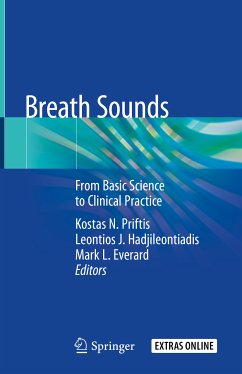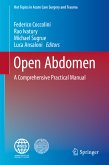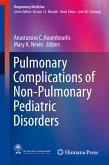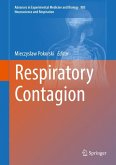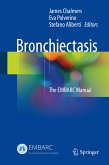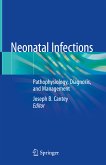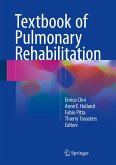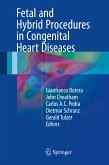This book offers up-to-date information on the recording and analysis of respiratory sounds that will assist in clinical routine. The opening sections deliver basic knowledge on aspects such as the physics of sound and sound transmission in the body, a clear understanding of which is key to good clinical practice. Current techniques of breath sound analysis are described, and the diagnostic impact of advances in the processing of lung sound signals is carefully explained. With the aid of audio files that are available online, detailed guidance is then provided on differentiation of normal and abnormal breath sounds and identification of the various sounds, including crackles, wheezes, other lung sounds, cough sounds, and sounds of extrathoracic origin. The book is of high educational value and represents an excellent learning tool at pre- and postgraduate levels. It will also appeal to researchers as it provides comprehensive summaries of knowledge in particular research fields. The editors bring high-level expertise to the subject, including membership of the European Respiratory Society Task Force on the standardization of categories and nomenclature for breath sounds.
Dieser Download kann aus rechtlichen Gründen nur mit Rechnungsadresse in A, B, BG, CY, CZ, D, DK, EW, E, FIN, F, GR, HR, H, IRL, I, LT, L, LR, M, NL, PL, P, R, S, SLO, SK ausgeliefert werden.

